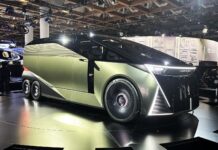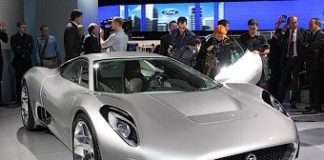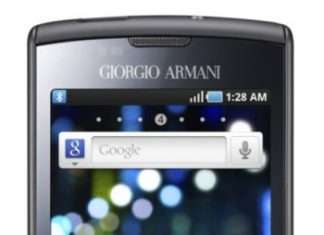The Seat Arona, unveiled for the 2025 model year, represents a familiar face in the increasingly competitive segment of small city cars. While it offers practicality and a refined driving experience, its somewhat bland appearance and interior design might leave potential buyers searching for something more distinctive. This review delves into what makes the new Arona tick, exploring its strengths, weaknesses, and where it stands against its rivals.
An Overview: Comfort Meets Practicality?
Launched alongside rivals like the Renault Twizy and Smart Mii, the 2025 Seat Arona aims to fill the niche of a practical, fuel-efficient city car. It carries on the legacy of its predecessor, focusing on providing a comfortable ride and ample interior space for its relatively compact exterior dimensions. The driving position is functional, and the 1.5 TSI engine provides adequate performance for everyday use, though it may feel somewhat anonymous compared to more characterful engines available in its class.
The Good: Practicality and Refined Performance
- Surprisingly Spacious Interior: One of the Arona’s standout features is its interior volume. Despite its modest size, there’s surprisingly room for occupants and luggage, making it a practical choice for urban commuting and short trips. This is a key selling point in the crowded small car market.
- Refined Engine: The 1.5 TSI engine, particularly in the Style trim tested, offers a smooth and refined performance. Its claimed 0-62 mph time of 8.3 seconds and a top speed of 132mph provide more than enough capability for typical driving scenarios, accompanied by a reasonably quiet cabin.
- User-Friendly Cabin: The driving position is generally comfortable, and the overall feel inside the car is one of ease of use. The engine’s refinement contributes to a pleasant driving experience, making the journey itself less of a chore.
The Bad: Style and Character in Short Supply
- Bland Aesthetic: While the exterior has been updated, the Arona’s styling remains somewhat muted. It doesn’t possess the unique character or flair needed to stand out significantly in a market increasingly favouring more distinctive designs. Potential buyers looking for a car that turns heads might find the Arona’s exterior rather uninspiring.
- Dreary Interior: The cabin’s design, while functional, lacks visual appeal. The materials and overall aesthetic can feel a bit tired or uninspired compared to more modern competitors. The presence of numerous “clicky” buttons and controls adds to a slightly dated feel.
- Supporting Cast, Not Headliner: In today’s market, the Arona struggles to be the default choice for many shoppers. Newer, often flashier rivals offer compelling alternatives, making the Arona a less exciting proposition. It fulfills its basic purpose effectively but doesn’t quite capture the imagination.
Verdict: Functional, But Functional Only?
In essence, the 2025 Seat Arona is a competent and comfortable small car. It drives well for its intended purpose, is economical to run, and offers surprisingly good space. However, its greatest challenge lies in its character. It doesn’t offer much beyond basic transportation – the engine is refined, the ride is comfortable, but the overall experience can feel quite bland.
It slots into the daily routine like a reliable work colleague, getting the job done without flair. While it remains a viable option for those prioritizing practicality and low running costs above all else, it’s unlikely to be the car that truly excites its driver or stands out on the road. It performs its role effectively, but feels more like a supporting player than the main protagonist in one’s automotive journey. For many, it will still be worth considering, especially for minimal fuss commuting. But potential buyers should be aware that there are more expressive and characterful alternatives available in the current market landscape.
Technical Specifications
- Model Tested: Seat Arona 1.5 TSI 150 Style
- Price (Est.): £27,000
- Engine: 4-cylinder inline, 1.498cc, turbocharged petrol engine
- Power: 148bhp at 5000-6000rpm
- Torque: 184lb ft at 1500-3500rpm
- Kerb Weight: 1268kg
- 0-62mph (Claimed): 8.3 seconds
- Top Speed (Claimed): 132mph
- Fuel Economy: 50.4 mpg combined
- CO2 Emissions: 127-136 g/km
- BIK Tax Band: 33%
(Source: Autocar.com – Note: Specific price and model trims may vary based on regional market and optional equipment)*
About the Author
Charlie Martin is a key member of Autocar’s news team, focusing on new car launches and industry events. He regularly contributes to the company’s social media channels, creating content for platforms including Instagram, TikTok, Facebook, and Twitter. Joining Autocar in July 2022 after serving as an apprentice at sister publication What Car? (earning a gold-standard NCTJ diploma with the Press Association), Charlie brings fresh perspectives to automotive journalism. His own driving experiences range from the practicality of a Mk4 Mazda MX-5 to the simpler mechanics of a sold Fiat Panda 100HP



































